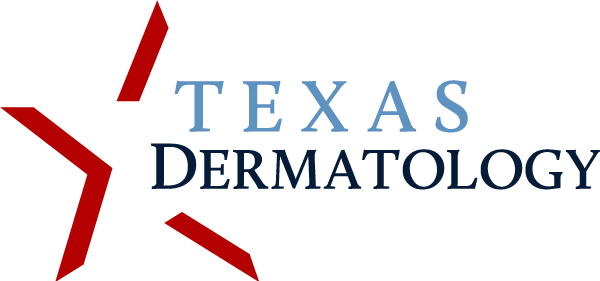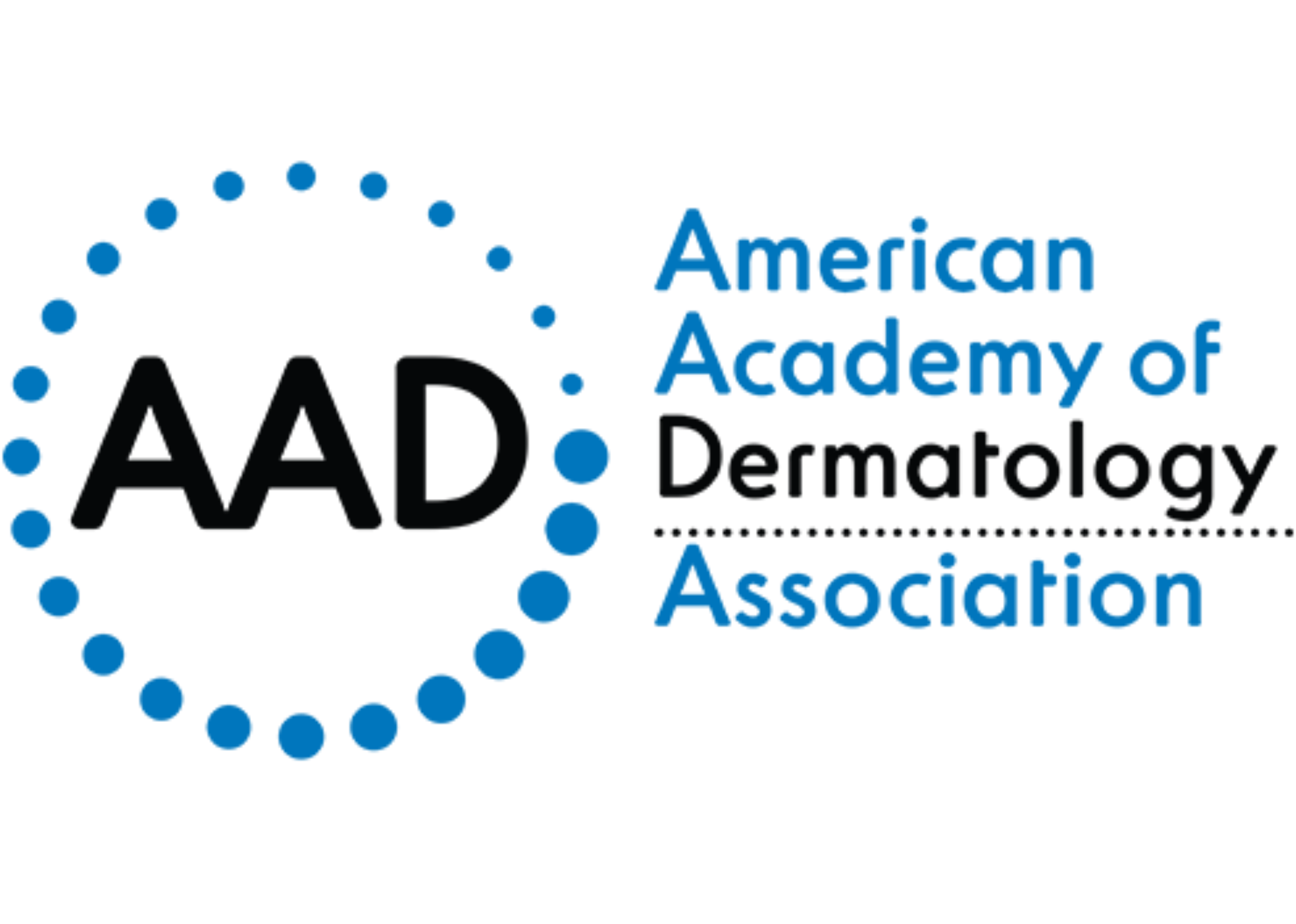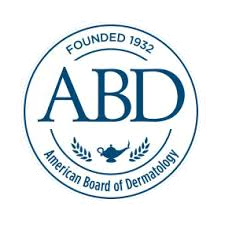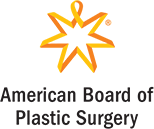We get a lot of questions about infantile hemangiomas. Here is a concise article written by Dr. Browning and published this month in the Bexar County Medical Society magazine:
Background
Infantile hemangiomas are common vascular tumors seen in young infants. Risk factors include female gender, prematurity, twin birth, and problems associated with pregnancy or delivery. True infantile hemangiomas are not present at birth and first appear around 3 weeks of age with a precursor lesion that consists of a small vascular patch with a surrounding rim of pallor. In rare cases the precursor lesion can be present at birth. However, another type of non-infantile congenital hemangioma can also be present at birth. These rare “congenital hemangiomas” are of two subtypes: rapidly invlouting congenital hemangioma (RICH) and non-involuting congenital hemangioma (NICH). RICH involutes during the first year of life whereas NICH does not. Both RICH and NICH can be distinguished from infantile hemangioma by the immunostain GLUT1 (which also is positive in placental tissue) and their clinical appearance.
True infantile hemangioma will progress rapidly from the precursor lesion to the classic raised “strawberry.” The most rapid growth occurs during the first 3 months of life with slower growth from 4-6 months. Most infantile hemangiomas have stopped growing by 6 months of age, although occasionally some growth continues up to a year of age. As hemangiomas go from proliferation to involution, color goes from bright red to a darker red with central graying. 50% of hemangiomas have involuted by age 5 and 100% by age 10. However, larger and more raised hemangiomas can leave behind excess skin or fibro fatty changes that necessitate surgery.
When to worry
– Involvement of the eyelid or periocular skin: this can lead to amblyopia and loss of vision
– Nasal tip hemangioma: Distortion and permanent cosmetic disfigurement can occur.
– Lip: particular concern occurs when a hemangioma crosses over the vermillion border as this can lead to disfigurement.
– Large hemangioma on the face in a segmental pattern: These infants are at risk for PHACE syndrome and should be screened for underlying brain and cardiac anomalies
– Beard distribution: Need to consider concurrent airway hemangioma in these patients, although 50% of subglottic hemangiomas do not have any cutaneous involvement and present with stridor.
– Diaper area: Hemangiomas in this area are prone to ulceration. When the perineum is affected then infants should be evaluated for underlying lumbosacral anomalies.
– Mid-line hemangiomas over the spine: Should also consider underlying spinal dysraphism, although in these cases there is usually an associated anomaly with the hemangioma such as a lipoma or tuft of hair.
– Ulcerated hemangiomas: these are painful and difficult to heal, they require careful pain management and wound care.
– Any “hemangioma” that does not act like a hemangioma: there are certain mimickers of hemangiomas such as congenital sarcoma, rhabdoid tumor, or dermatofibrosarcoma protuberans. In older infants and children pyogenic granuloma can mimic infantile hemangioma. Venous malformations and arterial venous malformations can also mimic hemangiomas.
Treatment Options
It is important to recognize that there are currently no FDA-approved treatments for infantile hemangioma. The long-standing recommendation from the pediatric dermatology community has been “active non-intervention” for small and non-functionally impairing hemangiomas, and this is still our recommendation. It is also important to reassure the mothers that they did nothing wrong to cause the hemangioma. There are still circulating beliefs that eating strawberries or falling while pregnant can cause hemangiomas.
Historically problematic hemangiomas were treated with long courses of oral corticosteroids or vincristine. Now, however, propranolol has become a mainstay of treatment. It is used off-label and is thought to work by inhibiting vascular endothelial growth factor. It also inhibits nitric oxide and induces endothelial cell apoptosis. There is currently a pharmaceutical company pursuing FDA-approval for a new formulation of propranolol to treat infantile hemangioma. Topical beta blockers can also be helpful for smaller, flatter hemangiomas. Timolol 0.5% gel-forming solution, normally used as eye drops for glaucoma patients, can be used off label in these cases.
Surgery and laser are also good options for treating hemangiomas, particularly when it is clear that there will be residual skin defects following involution.
Referral to a pediatric dermatologist or other specialist with interest in treating vascular anomalies should always be considered if the diagnosis or management options are in question.







